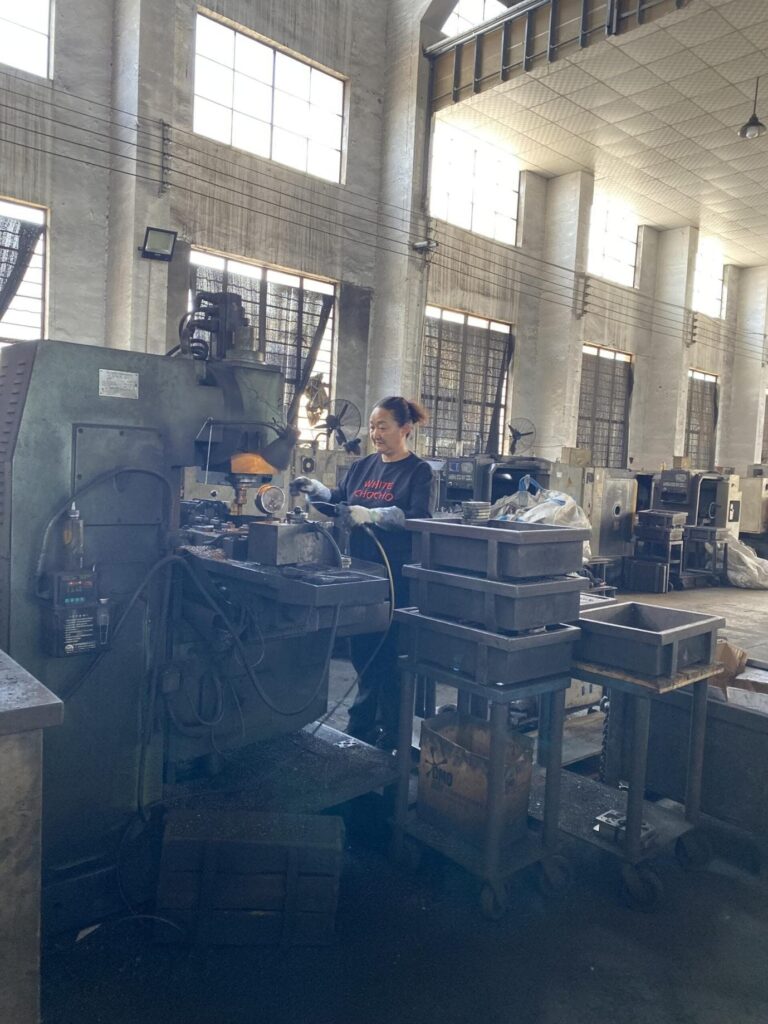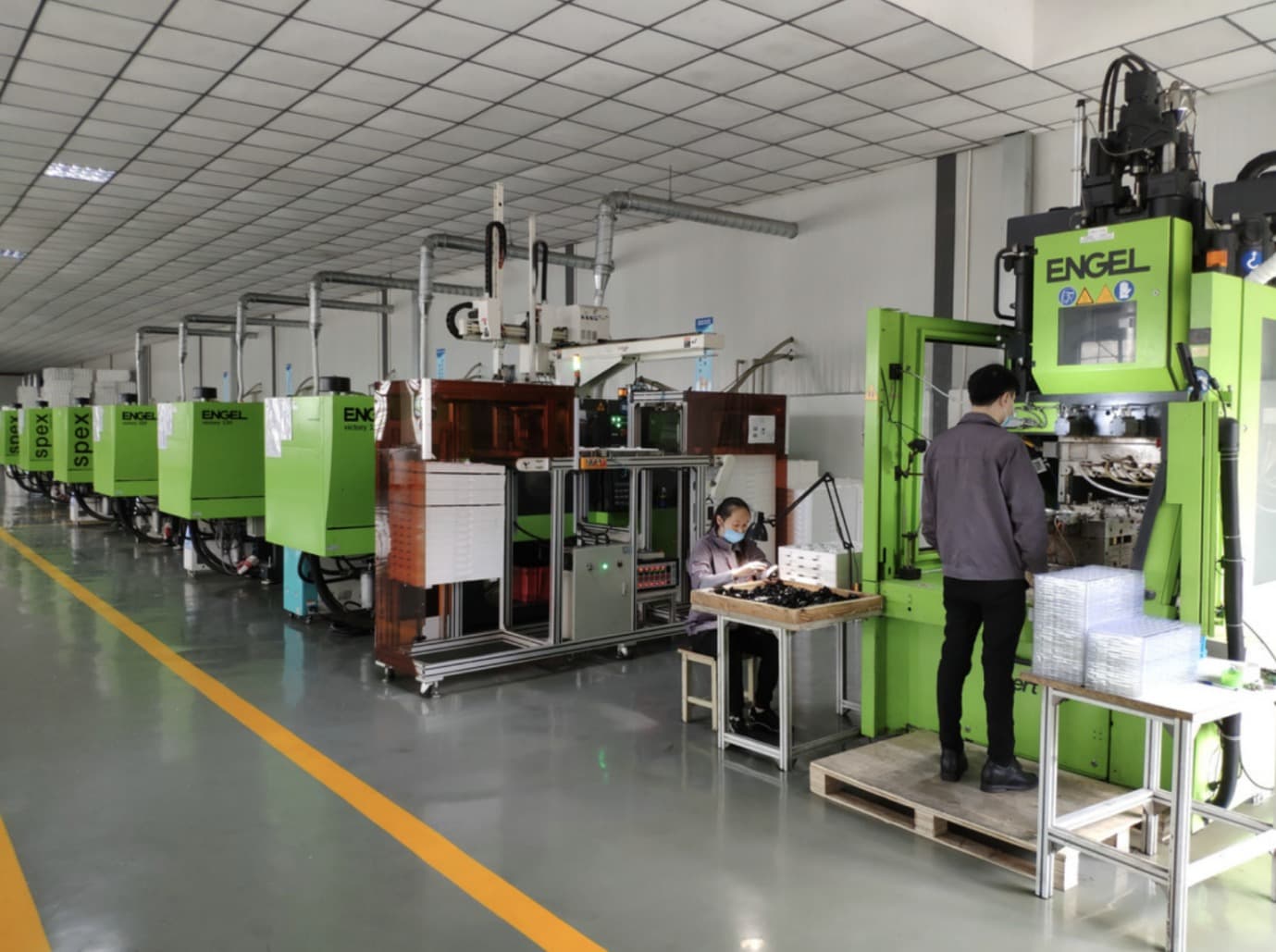Introduction
Distribution boxes are used widely across the globe in all the electrical setups, they are like the heart and soul of these setups. Without them, wiring and circuit protection of electrical setups would fail and won’t function fittingly, very likely leading to dangerous consequences. The task of safely allocating electrical flow through circuits falls to them, hence, their consistent functionality and reliability hold utmost significance. Sophisticated production techniques are applied to work on endurance and make sure of unwavering performance under operational stress. This article explores the key materials and manufacturing processes that contribute to meeting these stringent standards.
Materials Selection and Processing
Choosing Glass Fibre Reinforced Polycarbonate
With the burden of safely routing electricity through a labyrinth of circuits, the significance of their consistent and reliable operation cannot be overstated, The addition of glass fibres enhances durability, impact resistance, and structural integrity while maintaining lightweight properties. This composite material also offers:
- Unlike enclosures fashioned from metal, polycarbonate remains impervious to the deleterious effects of corrosion in adverse environmental conditions.
- It’s strong enough to handle a wide range of temperatures without bending.
- Glass fiber makes it better at handling pressure and staying strong.
- The material keeps electricity from passing through, making it safe.
Use of UV Stabilisers and Antioxidants
Left unshielded from UV radiation, materials may, over time, undergo yellowing, brittleness, or a reduction in their tensile strength, Antioxidants are compounds which are added to materials to prevent oxidative degradation, which can occur when the material is exposed to heat, oxygen, or environmental factors.
- They absorb or block UV light, which helps the material last longer and stay intact.
- They protect the material from chemical breakdown, ensuring it maintains its strength and flexibility.
- They stop the material from breaking down in hot conditions, which is important for use in warm environments.
- They reduce the brittleness caused by UV exposure, making the material more resistant to breakage or wear.
Strict Quality Control
Material Inspection Protocols
To ensure the materials used in distribution boxes meet the necessary standards, thorough material inspection protocols are implemented. Raw materials are cut short before production to make sure they are up to standard and consistent. Key tests include:
- Suppliers, supportive of industry’s quality and reliability standards, materials are purchased from them.
- Splits, stains, or lack of symmetry, that might exert influence on the material’s performance, visual checks are performed to find that.
- The material’s heat resistance is precisely judged, ensuring it can deal with extreme temperatures without sacrificing its structure.
Process Monitoring During Production
During process of manufacturing, strict process control measures help maintain quality, including:
- Checks and make sure of heating and cooling cycles remaining consistent to avoid bending and flaws.

- Detects flaws on the surface and irregularities in size.
- Checks impact resistance and load-bearing capacity.
Temperature Requirements
Low-temperature performance testing
- Testing for low-temperature performance is important to make sure that distribution boxes keep their structure and functionality in cold environments.
- Impact Resistance at Low Temperatures:
Materials are revealed to sub-zero temperatures to test their impact resistance and make sure that they do not become brittle or crack when subjected to mechanical stress. - Flexural Strength Testing:
The material’s skill to bend without breaking is tested at low temperatures, ensuring it maintains flexibility even in extreme cold conditions - Low-Temperature Aging Tests:
Materials engage in extended exposure to low temperatures to simulate long-term use in cold climates and evaluate any potential degradation or loss of performance.
High-Temperature Performance Testing
High-temperature performance testing makes certain that distribution boxes can perform fittingly and safely in hot environments.
- The material is laid open to repeated cycles of heating and cooling to simulate real-world temperature fluctuations, ensuring it does not crack or lose performance over time.
- The electrical insulating properties are tested under high heat conditions to verify that the material continues to protect against electrical faults even in extreme temperatures.
Flammability Requirements
Selecting UL94-5VA Compliant Materials
The UL94-5VA standard ensures materials used in distribution boxes exhibit superior flame resistance. Characteristics of UL94-5VA compliant materials include:
- The material’s self-extinguishing properties cause it to extinguish the fire within seconds after the flame is removed.
- Little dripping of flames decreases the chance of flames spreading.
- Ensures consistent performance under heat exposure
Adding Flame Retardants
To further enhance fire resistance, manufacturers incorporate flame retardants into polycarbonate formulations:
- Halogen-Free Flame Retardants: Provide fire resistance while reducing environmental impact.
- Phosphorus-Based Additives: Improve char formation, reducing flame propagation.
- Melamine Cyanurate: Inhibits combustion and minimizes smoke production.

Flammability Performance Testing
UL94 Burn Test Procedures
UL94 is the standard for evaluating plastic material flammability. The test involves:
- Vertical and Horizontal Flame Tests: Determines the time taken for a flame to self-extinguish.
- Material Thickness Considerations: Different material thicknesses affect burn rates and compliance levels.
- Dripping Behavior Analysis: Ensures materials do not contribute to fire spread through flaming drips.
Heat Release Rate Testing
This test evaluates how much heat a material releases when burning, providing insights into:
- Fire Spread Potential: Determines how quickly a fire could escalate.
- Smoke Generation: Assesses visibility impact and toxicity risks.
- Energy Release Profile: Helps refine formulations for optimal safety.
Importance of Meeting Standards
Ensuring Safety to Prevent Fire Hazards
Meeting temperature and flammability standards reduces the likelihood of fire incidents. Proper material selection and testing ensure that:
- Electrical Shorts Do Not Lead to Fires: Flame-resistant materials prevent ignition from electrical failures.
- Fire Growth is Minimized: Self-extinguishing properties reduce fire spread.
- Occupant Safety is Enhanced: Lower smoke emission improves evacuation conditions.
Ensuring Reliability and Extending Service Life
Distribution boxes must function reliably over extended periods. High-performance materials:
- Resist Degradation: UV and thermal stability ensure longevity.
- Maintain Structural Integrity: Impact resistance prevents physical damage.
- Support Safe Electrical Operations: Dielectric strength ensures consistent insulation.
Adaptability to Extreme Environments
Ensuring compliance with rigorous standards allows distribution boxes to perform in diverse conditions:
- Industrial Applications: Withstand exposure to chemicals and mechanical impacts.
- Outdoor Environments: Resist UV radiation and extreme weather.
- High-Risk Areas: Function safely in flammable or high-temperature settings.
Conclusion
Ensuring standards of temperature and flammability in distribution boxes needs the amalgamation of material innovation, rigorous testing, and strict quality control processes. Glass fiber strengthened polycarbonate, boosted along UV stabilizers and flame retardants, gives a supreme solution. Extensive testing methods, including UL94 burn tests and thermal performance assessments, Maintain conformity with industry safety guideline standards. As material science advances, further improvements in fire-resistant formulations and manufacturing techniques will enhance the safety, reliability, and longevity of distribution boxes, making them even more resilient to modern electrical infrastructure demands.
References:
https:// art-tangent.com/?s=Distribution+boxes
https:// art-tangent.com/?s=+process+of+manufacturing





